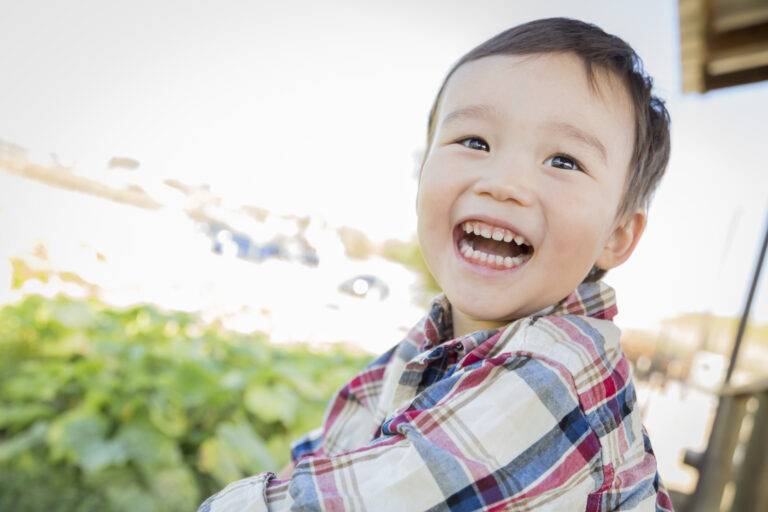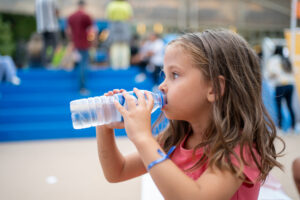As an educator working with the youngest learners, I’ve come to understand the profound impact of fostering an environment of emotional safety and security.
Over the years, I’ve honed strategies and practices to create a nurturing space where children feel valued, understood, and secure.
Here’s a glimpse into my journey of building a circle of security in my classroom.
The Foundation of Emotional Safety
The emotional well-being of children in early childhood settings lays the groundwork for their future learning and development.
Understanding Emotional Safety
From my experience, emotional safety is the bedrock upon which children build their ability to explore, learn, and connect.
It’s about creating an environment where children feel secure enough to express their feelings, make mistakes, and navigate the complexities of social interactions.
The Role of the Educator
I’ve found that my role extends beyond teaching; it encompasses being a stable, comforting presence.
By responding consistently and warmly to each child’s needs, I’ve become a trusted figure in their lives, someone they can turn to for reassurance and support.
Strategies for Building Emotional Security
Implementing practical strategies has been key to nurturing an atmosphere where children feel emotionally safe and supported.
Predictable Routines
I’ve personally seen the positive impact of establishing predictable routines. Knowing what to expect provides children with a sense of stability and security, which is especially comforting in a world that can often feel unpredictable to young minds.
Active Listening and Validation
I’ve made it a point to practice active listening and validation. Acknowledging children’s feelings and experiences shows them that their emotions are important and valid. This recognition has been my secret weapon in building strong, trusting relationships.
Encouraging Expression Through Play
Play has been a central avenue for children to express themselves and work through emotions. I’ve facilitated a variety of play-based activities that allow children to explore their feelings, understand their experiences, and develop empathy for others.
Creating a Supportive Community
A sense of belonging and community within the classroom is essential for emotional safety.
Inclusive Activities
I’ve gathered that inclusive activities, which celebrate the diversity of our classroom community, foster a sense of belonging.
By recognizing and valuing each child’s unique background, I’ve seen a noticeable increase in mutual respect and empathy among the children.
Peer Support Systems
Encouraging peer support and friendships has been crucial. I’ve facilitated buddy systems and group projects that promote collaboration and understanding, helping children see the value in supporting one another.
Reflecting on Challenges and Growth
Navigating the creation of an emotionally safe environment comes with its challenges, but also significant rewards.
Learning from Every Interaction
In my years of working, every day provides opportunities for reflection and growth.
Whether it’s a successful moment of connection or a situation that didn’t go as planned, I’ve learned to see each interaction as a chance to improve and adapt my approach.
The Impact of Emotional Safety
The most rewarding aspect of my work has been witnessing the transformation in children who feel emotionally secure.
I’ve seen how a strong foundation of emotional safety can lead to increased confidence, resilience, and a willingness to engage in learning.
Final Thoughts
In my journey in childcare, creating a circle of security in early childhood settings has been one of my most fulfilling endeavors.
It’s a continuous process of learning, adapting, and most importantly, caring. By prioritizing emotional safety, we not only support children’s current well-being but also lay a strong foundation for their future development.
It’s a reminder of the powerful role educators play in shaping the environment in which young learners grow, explore, and flourish.












